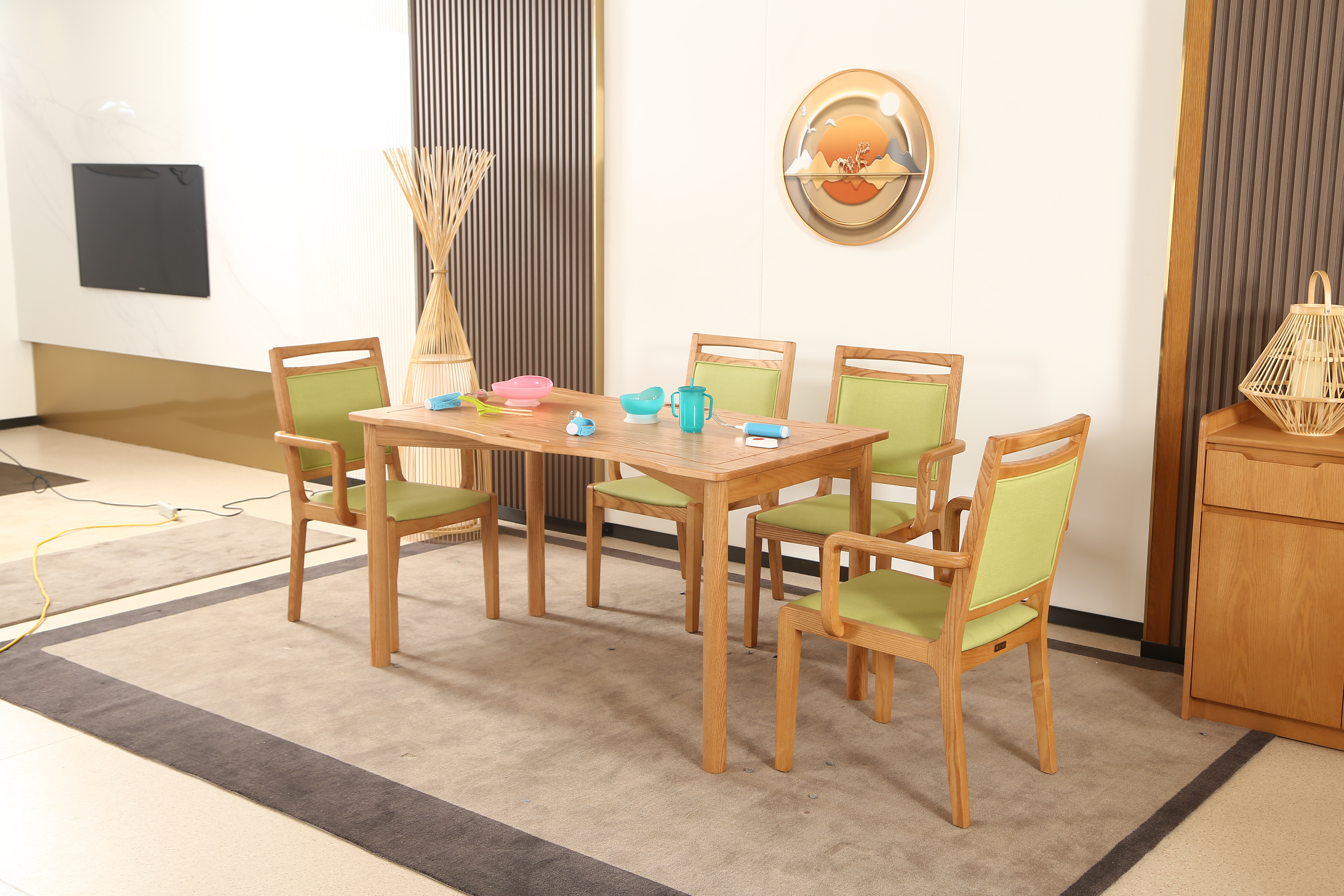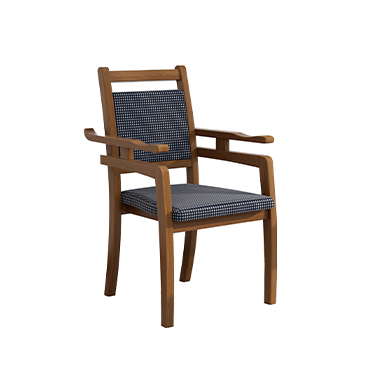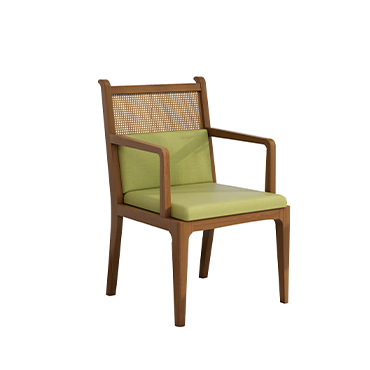Understanding Activities of Daily Living (ADLs) and Instrumental Activities of Daily Living (IADLs) Checklists, Assessments, and More for Elder Care
When it becomes clear that a loved one can’t get through their daily routines without assistance, the next logical step is to explore resources that provide the support they need. Whether you're working with a long-term care insurance company, home care services, an adult day care center, or an assisted living community, the first question you’ll encounter is often about your loved one’s ability to perform Activities of Daily Living (ADLs) and Instrumental Activities of Daily Living (IADLs).
What are Activities of Daily Living (ADLs)?
ADLs are the fundamental skills needed to care for oneself and meet one’s basic physical needs. According to the Katz Index of Independence in Activities of Daily Living, these six activities are essential:
Eating: The ability to successfully move food and drink to the mouth.
Dressing: The ability to choose appropriate clothing and put it on.
Bathing: The ability to maintain personal hygiene, including nail care, hair care, and oral hygiene.
Toileting: The ability to use the toilet and cleanse oneself.
Continence: The ability to control bladder and bowel function.
Ambulation: The ability to walk and transfer between bed and chair.
What Are Instrumental Activities of Daily Living (IADLs)?
IADLs are more complex tasks that require a combination of physical and cognitive abilities. According to the Lawton-Brody Scale, these eight activities go beyond basic self-care and are vital for independent living:
Cooking: Planning, preparing, and serving meals.
Managing Medications: Taking the correct doses at the right times.
Shopping: Purchasing clothing, groceries, and personal items.
Communicating: Using a phone, computer, or other methods of communication.
Managing Money: Making a budget, paying bills, and handling finances.
Housekeeping: Maintaining cleanliness and organization in the home.
Transportation: Using public transport or driving.
Laundering: Washing and drying clothes.
What Do ADLs and IADLs Measure?
Both ADLs and IADLs gauge a person’s functional status—a key indicator of their independence. Functional abilities can vary in each area. For instance, a senior who needs mobility aids may require help with physically demanding IADLs like housekeeping or laundry, but might still be able to perform basic ADLs like bathing or dressing independently.
In each area, a person may:
Be totally independent
Require reminders or supervision
Rely on assistive devices or medical equipment
Require moderate hands-on assistance
Be completely dependent on another person
How Age and Health Conditions Affect ADLs and IADLs
Advancing age is a natural factor in declining functional abilities. According to the American Psychological Association, only 20% of adults aged 65-74 need help with ADLs, while adults over age 85 typically require assistance. Health conditions affecting the musculoskeletal, neurological, circulatory, or sensory systems may also impair ADLs and IADLs, making self-care more challenging and unsafe.
The more subtle impacts of social isolation, medication side effects, and environmental factors can further complicate a senior’s ability to perform these activities. In general, IADLs weaken first in the presence of cognitive decline or illness, while ADLs become more difficult later in the disease progression.
Why Are ADLs and IADLs Important?
A senior’s ability to perform ADLs and IADLs directly impacts their quality of life. If these needs are left unmet, they can lead to serious health problems such as:
Malnutrition
Poor hygiene
Increased isolation
Urinary tract infections (UTIs)
Falls
Studies have shown that difficulties with ADLs are correlated with an increased risk of mortality. Ensuring that a senior receives the right amount of assistance with ADLs and IADLs can help prevent additional health issues, reduce care costs, and delay or eliminate the need for institutional care.
How ADLs and IADLs Impact Long-Term Care Eligibility
Many elder care services, benefits programs, and insurance providers use ADLs as eligibility criteria for assistance. For example:
A senior may need a nursing home level of care to qualify for Medicaid long-term care programs.
The VA Aid and Attendance pension is available for seniors who require help with basic ADLs.
Social Security disability benefits require applicants to submit an ADL questionnaire.
A solid understanding of your loved one’s ADLs and IADLs will not only help with care decisions but also ensure they receive the appropriate support programs and services.
Assessing ADLs and IADLs
Health care professionals and long-term care providers typically perform ADL assessments to gauge a senior’s daily functioning. These assessments help determine whether a senior can still live independently, and if not, the appropriate care required.
When to Get an ADL Assessment
If you notice even small changes in a loved one’s functional abilities, it’s time to take action. Early intervention can establish a baseline and help find solutions to improve safety and prolong independence.
“Family members often notice changes through secondary signs, such as changes in routines or appearance,” says Carmel Froemke, program director at the Community Action Partnership of North Dakota. “These signs typically indicate more serious issues with self-care.”
How to Get an ADL Assessment
There are several ways to arrange an ADL assessment. Geriatric care managers, nurses, occupational therapists, and social workers are all trained to evaluate ADLs and recommend solutions. You can also arrange a comprehensive assessment with a physician to evaluate both ADLs and IADLs, along with lifestyle factors, medications, and overall health.
A good resource to start this process is the Area Agency on Aging (AAA), which provides referrals to providers and can sometimes conduct functional assessments.
Sources of ADL and IADL Assistance
Family caregivers are often the primary source of help, but professional assistance may be needed as functional decline progresses. Some solutions include:
Physical, occupational, or speech therapists to restore functional abilities.
Home care services for assistance with ADLs and IADLs.
Home modifications or durable medical equipment to facilitate independence.
Formal Assistance Options
For seniors needing help with ADLs, services like personal care or custodial care are available. In contrast, companionship and homemaker services are ideal for IADL support. Assisted living communities, memory care facilities, and nursing homes are specialized options offering ADL support with varying levels of skilled care.





